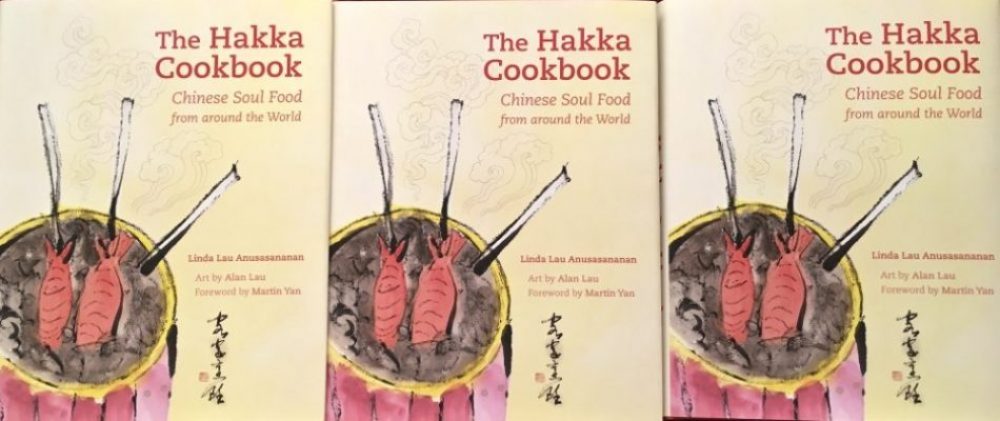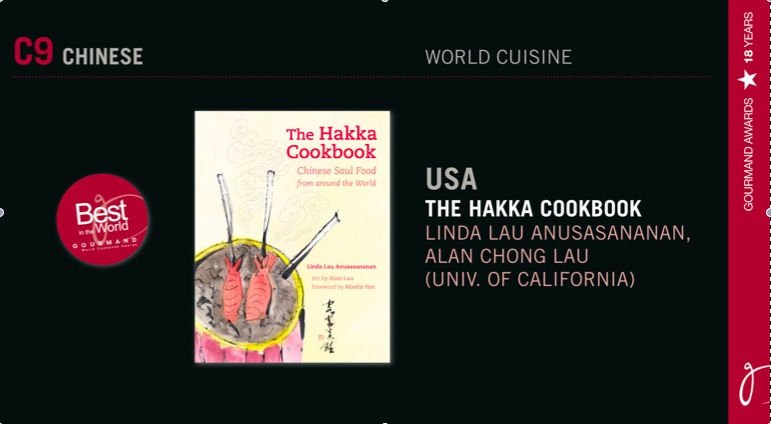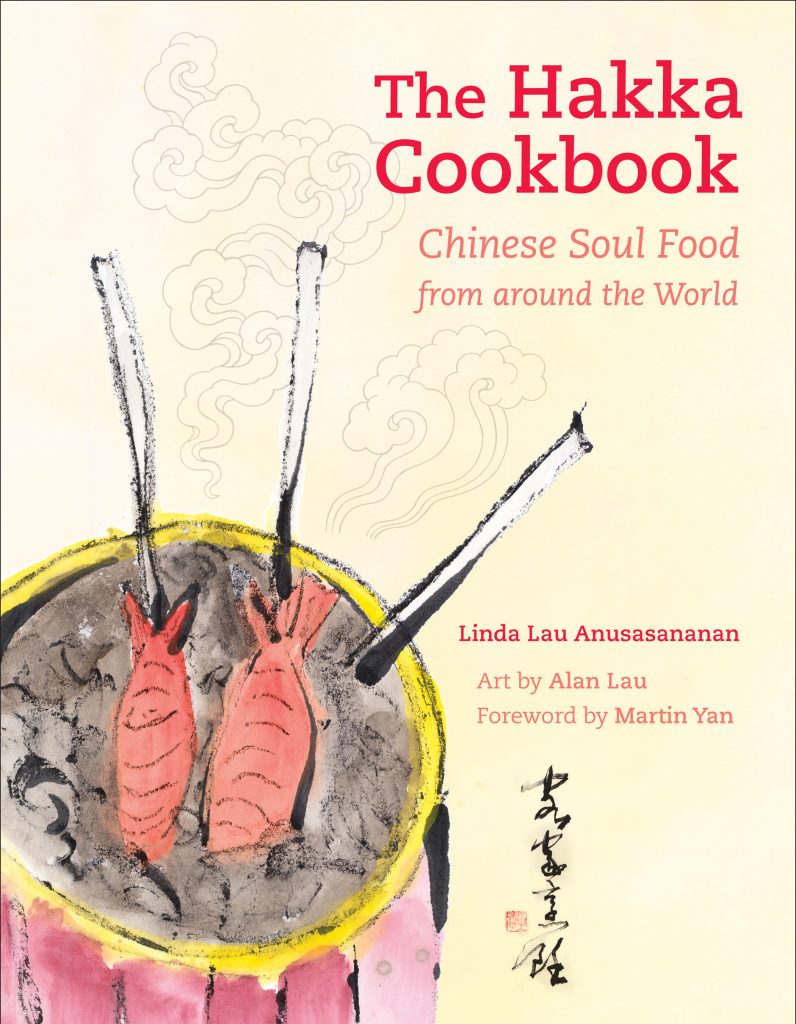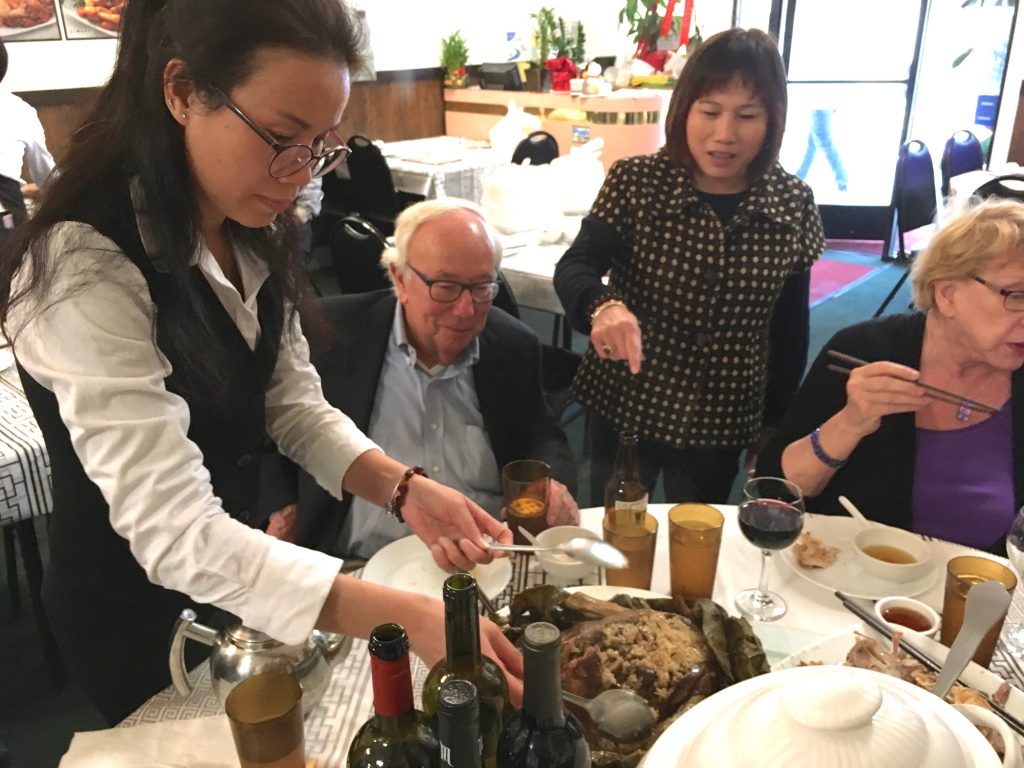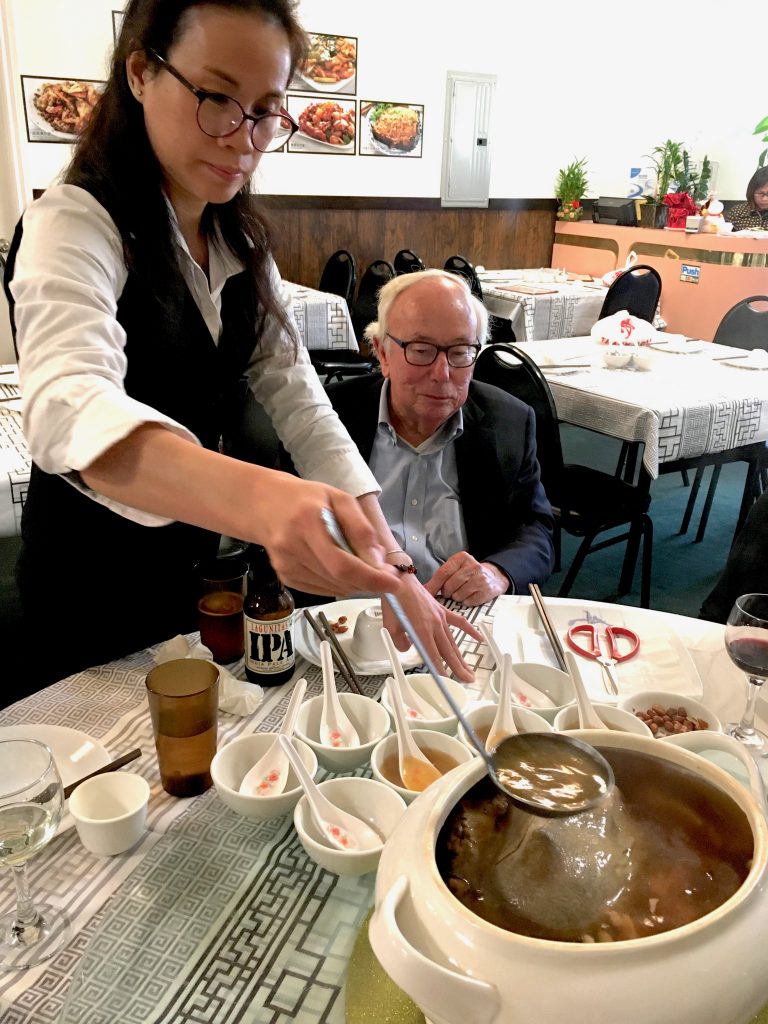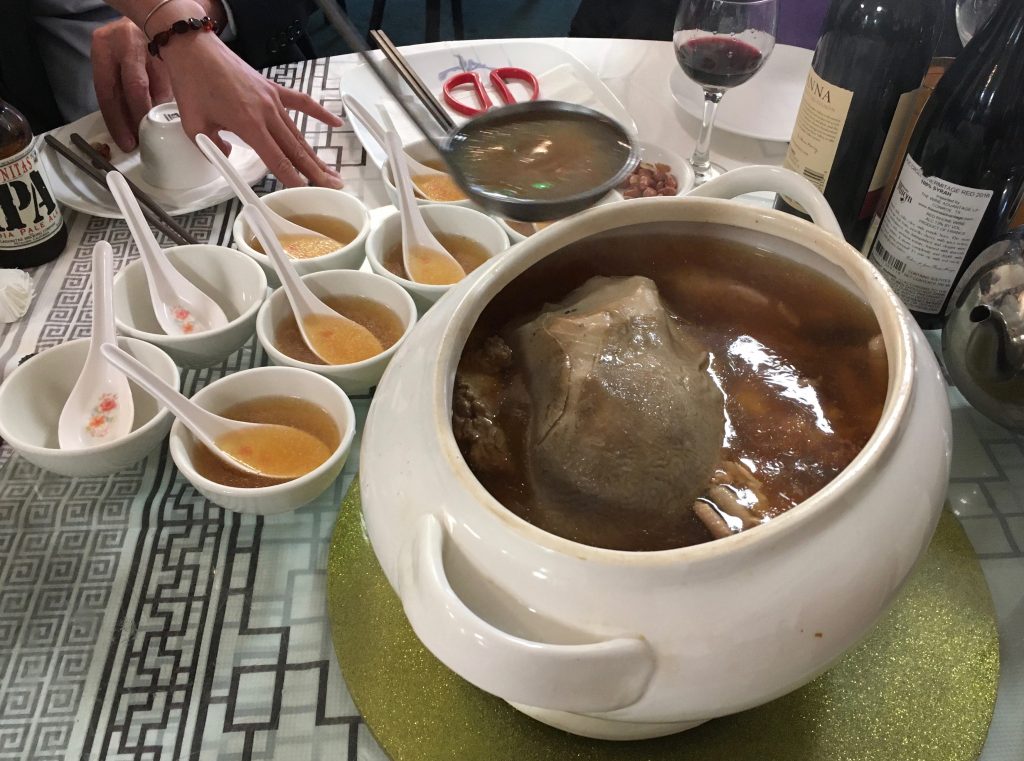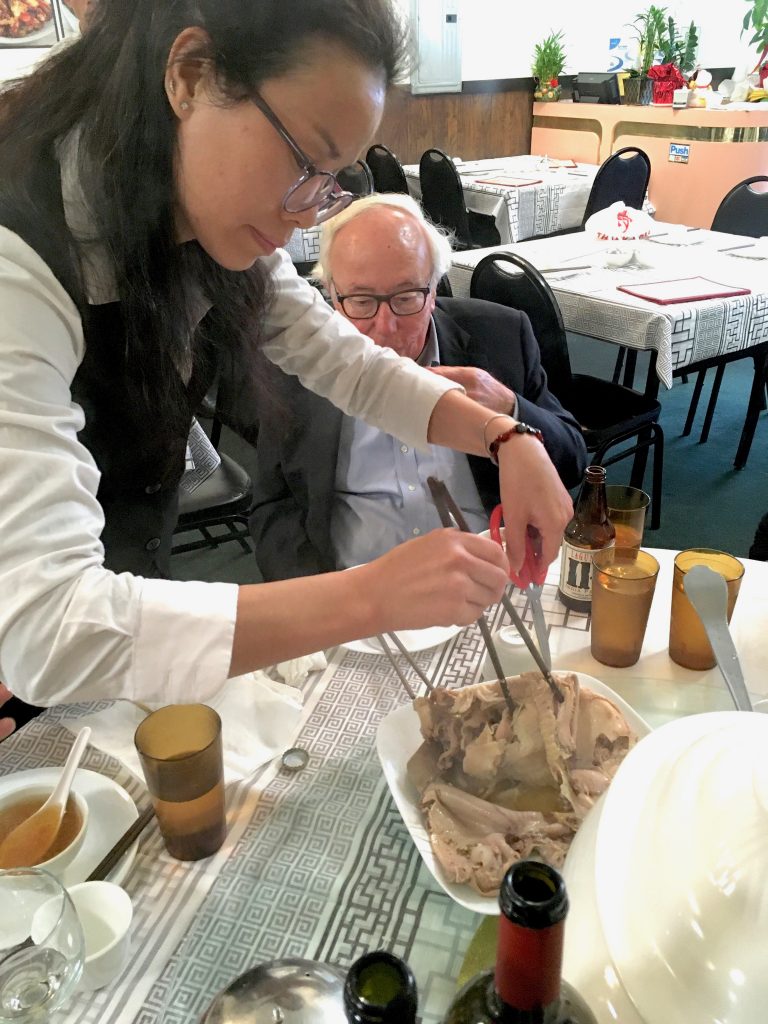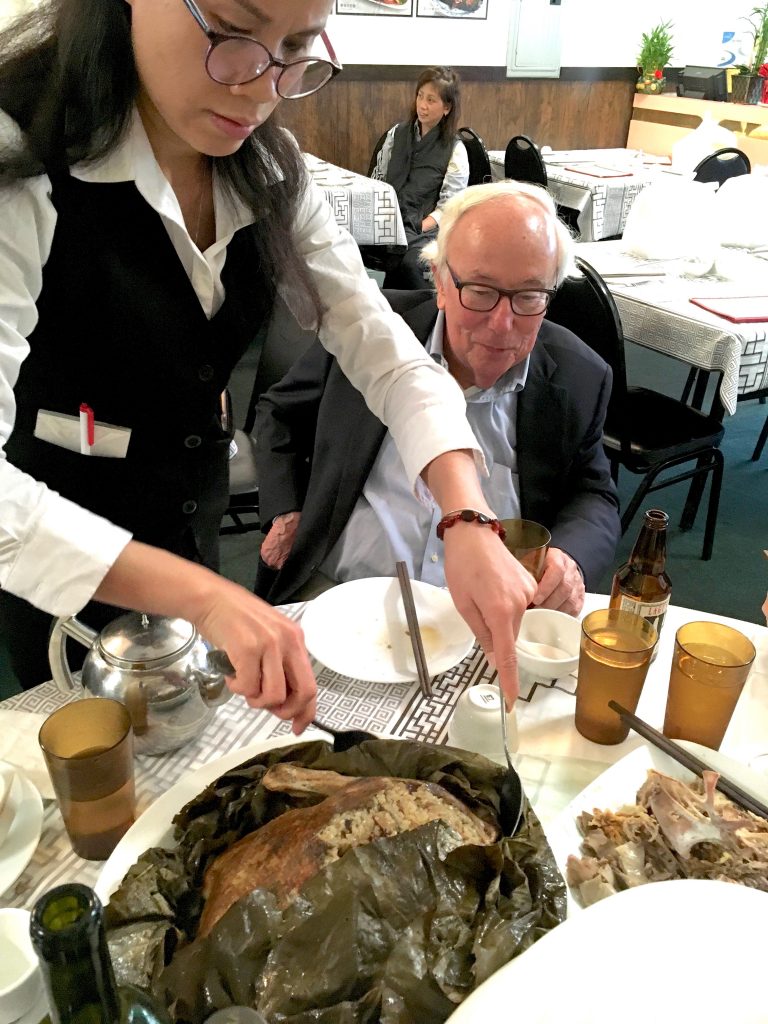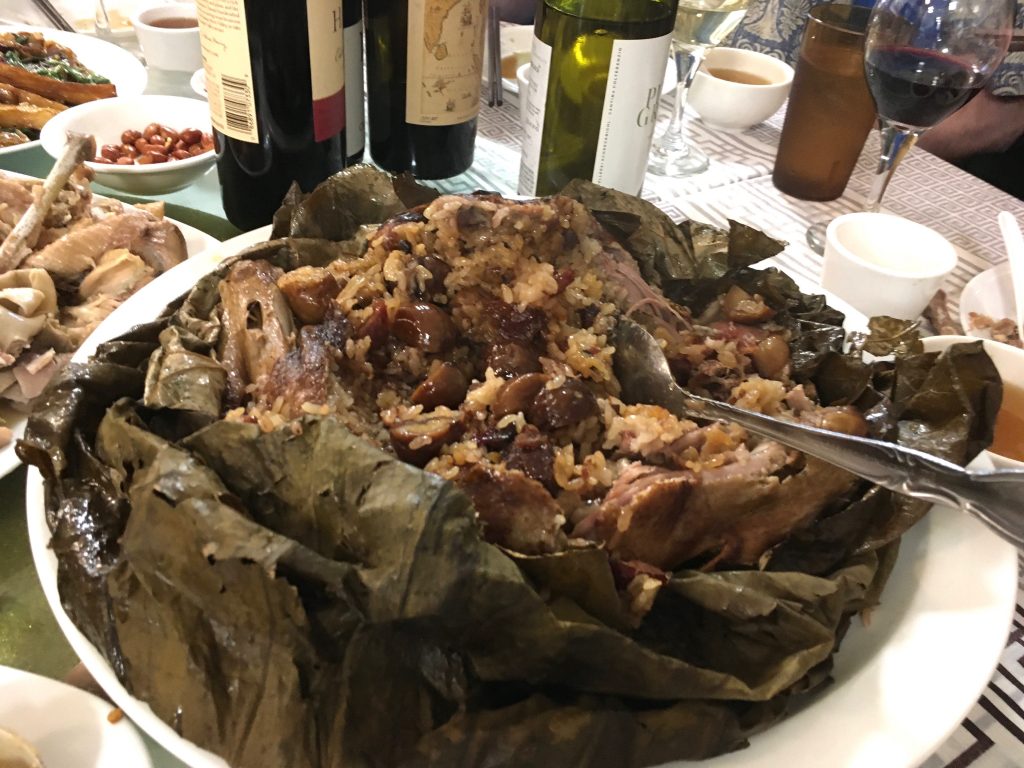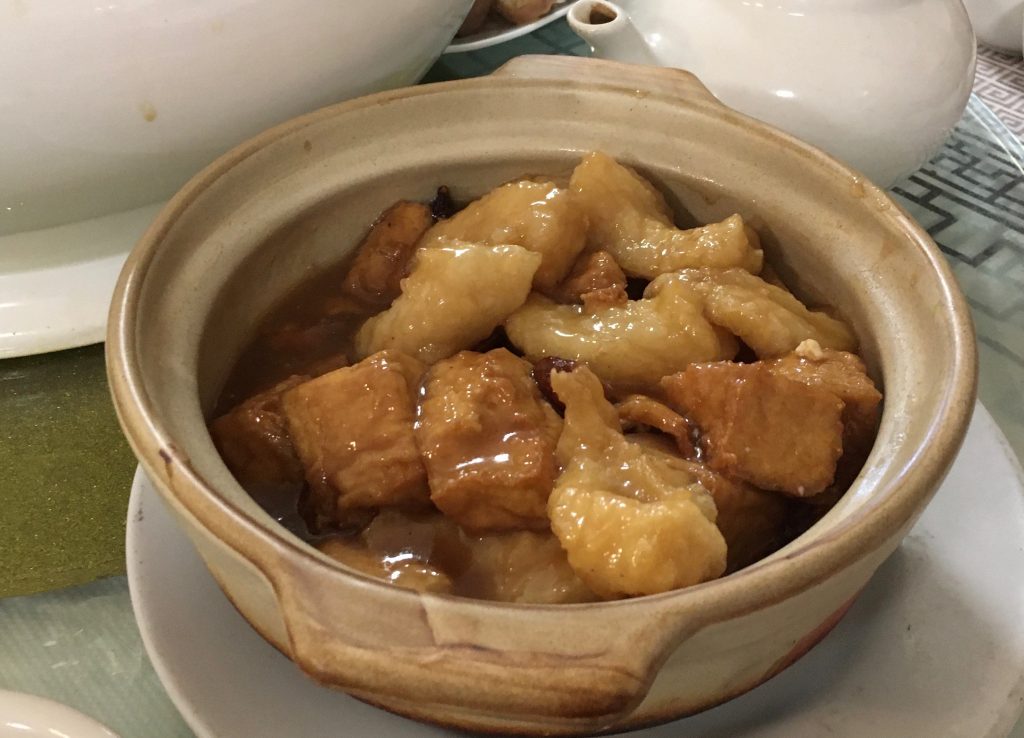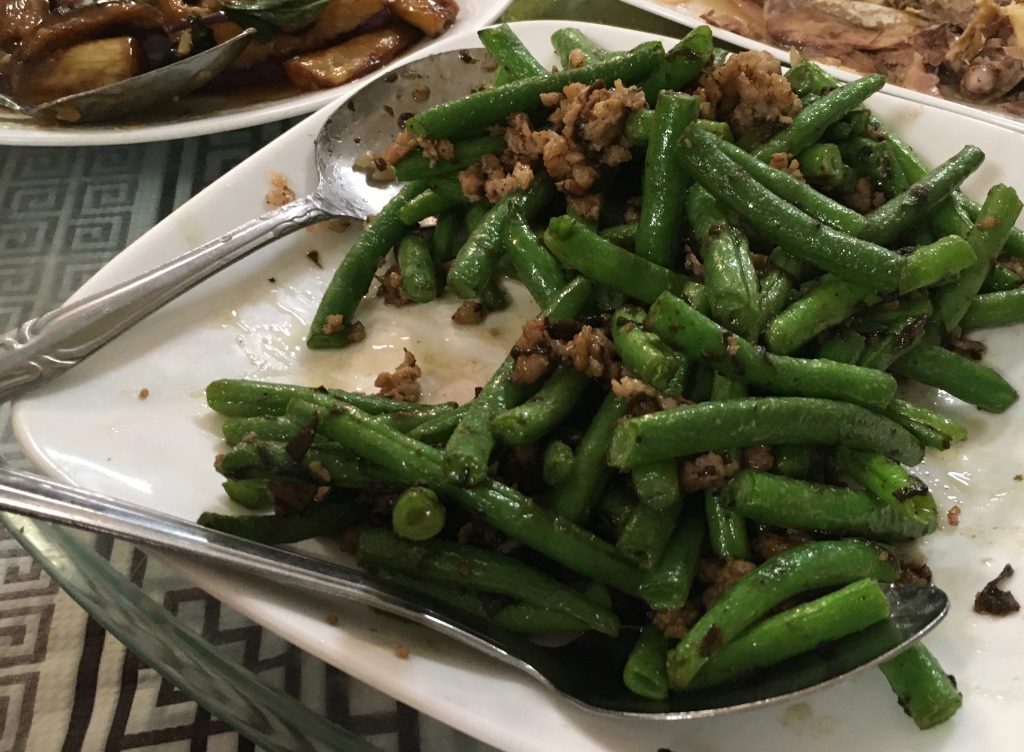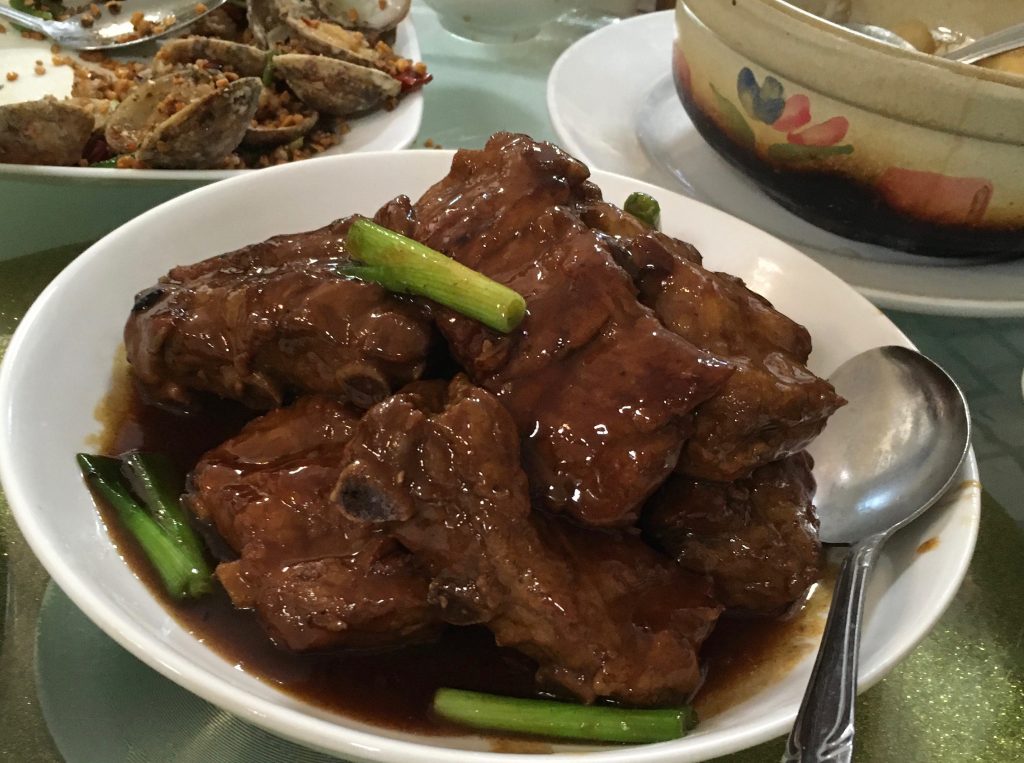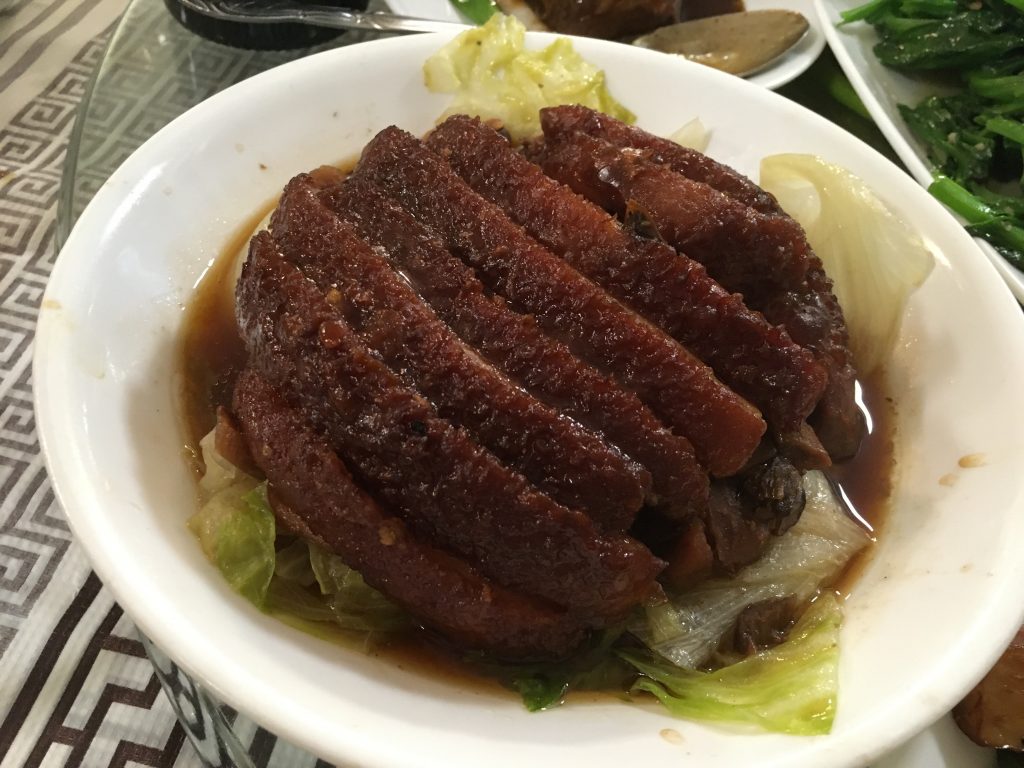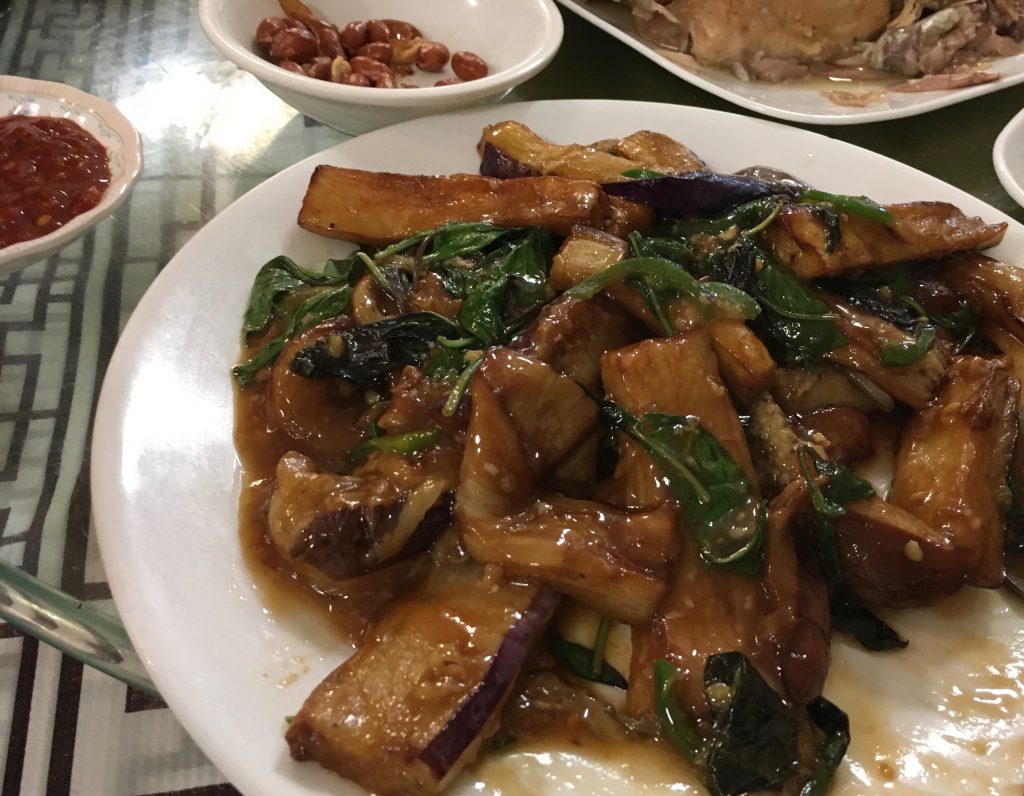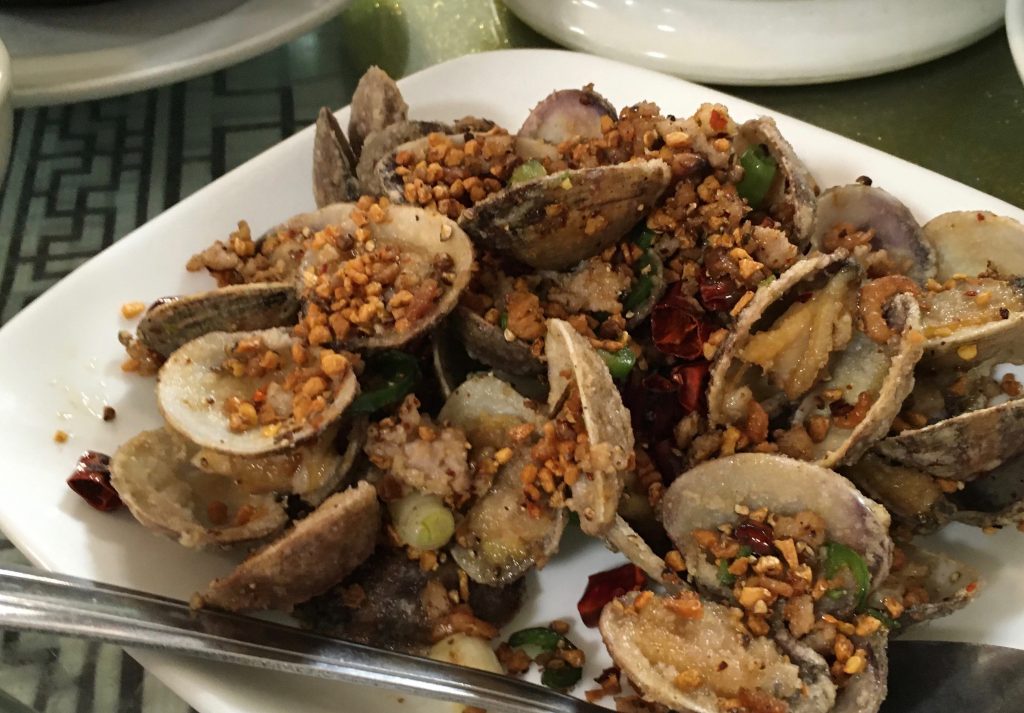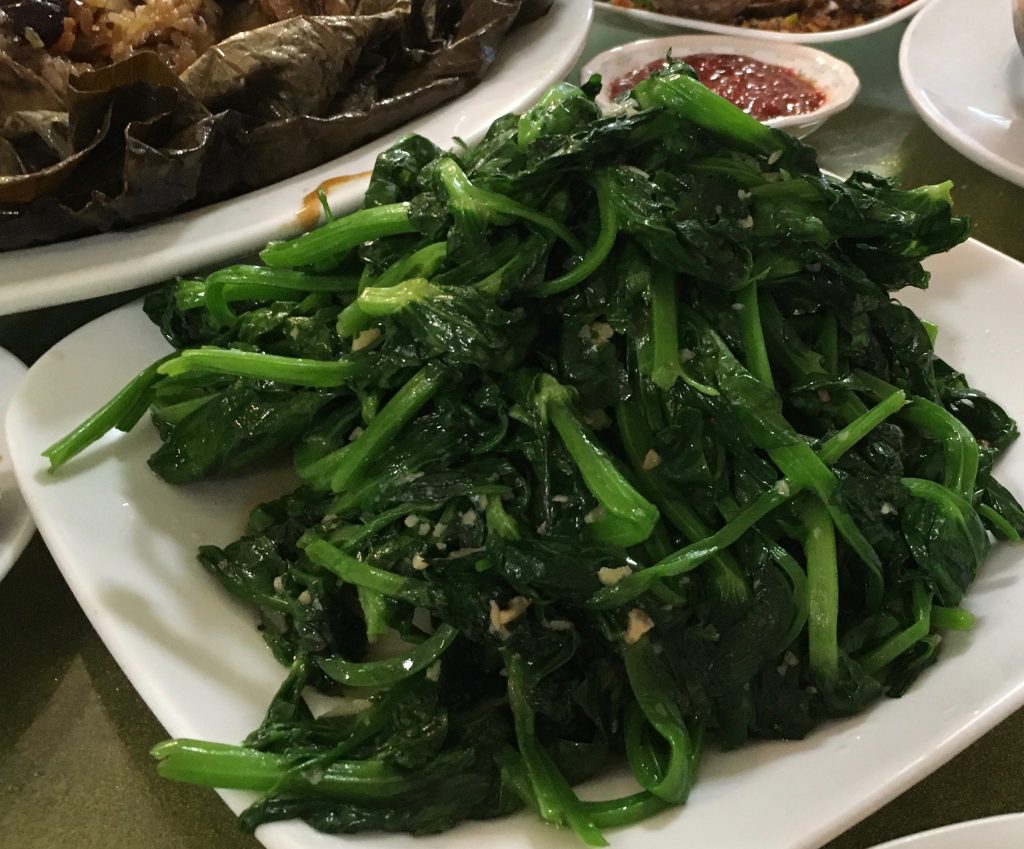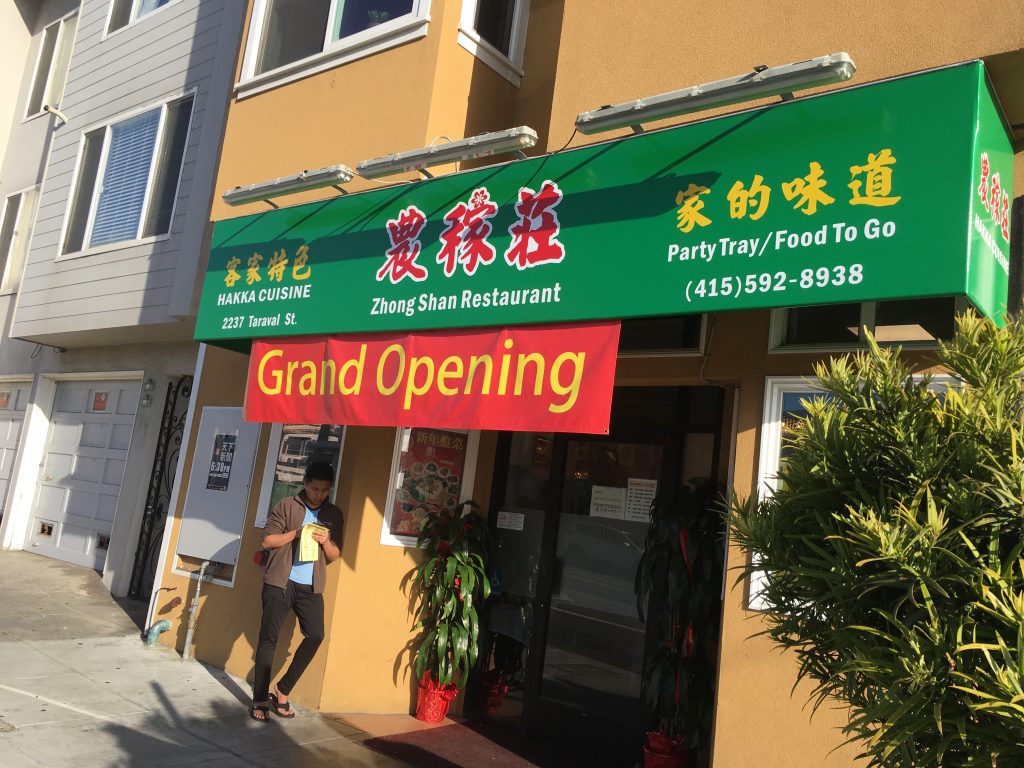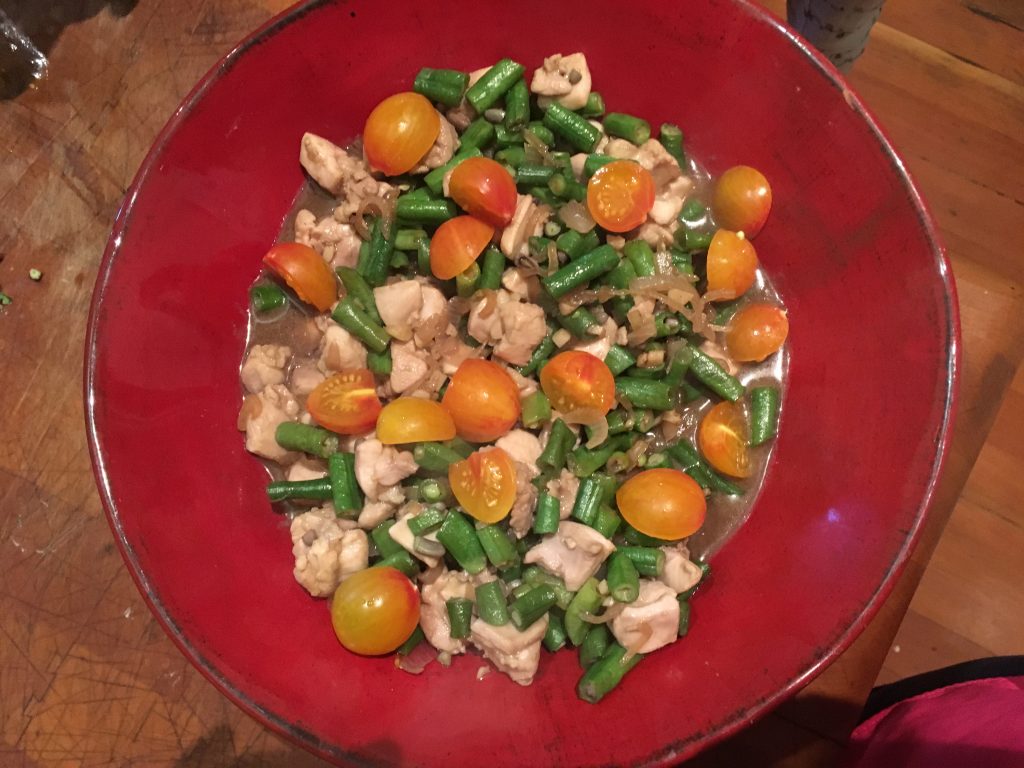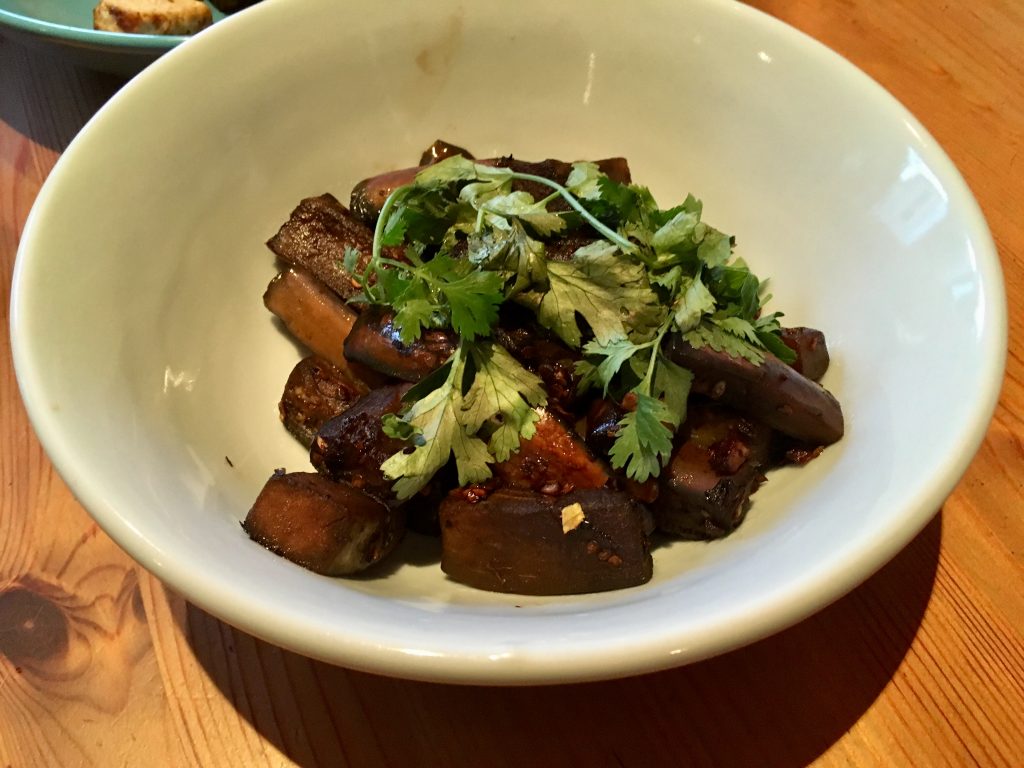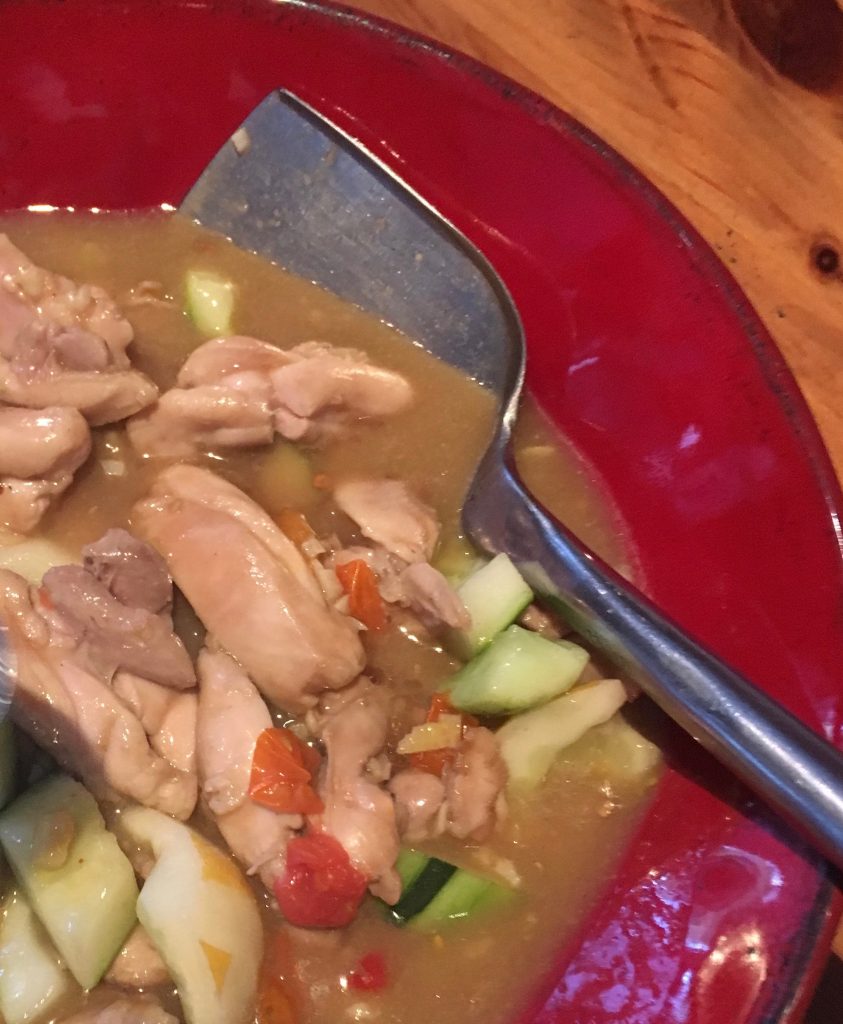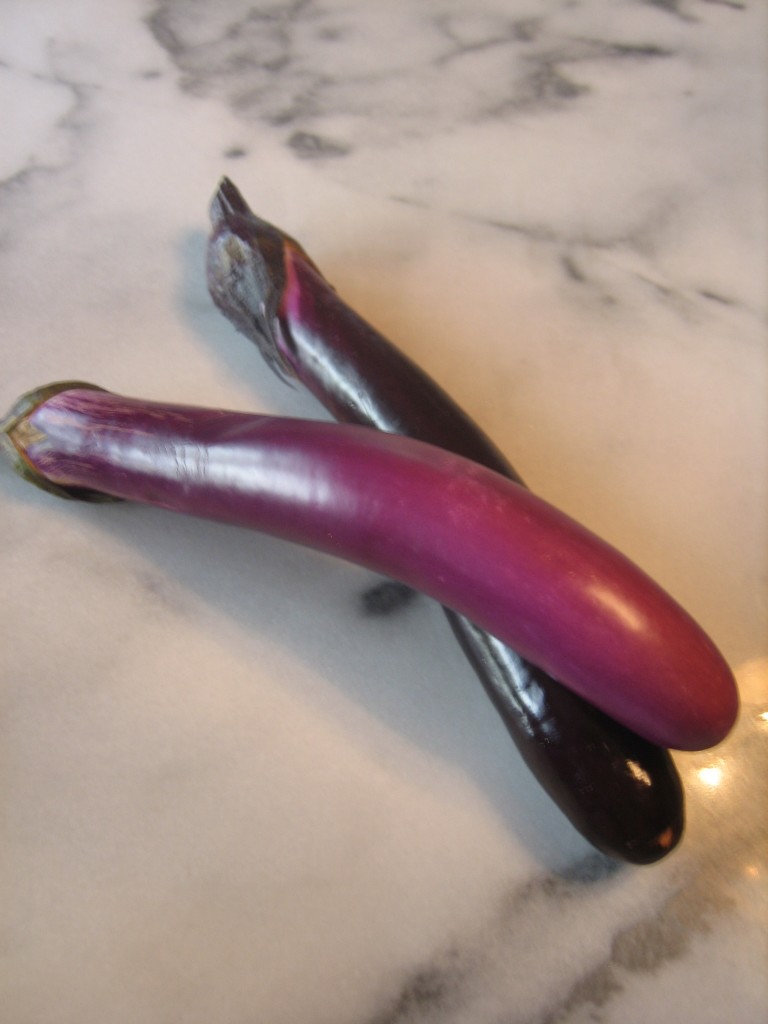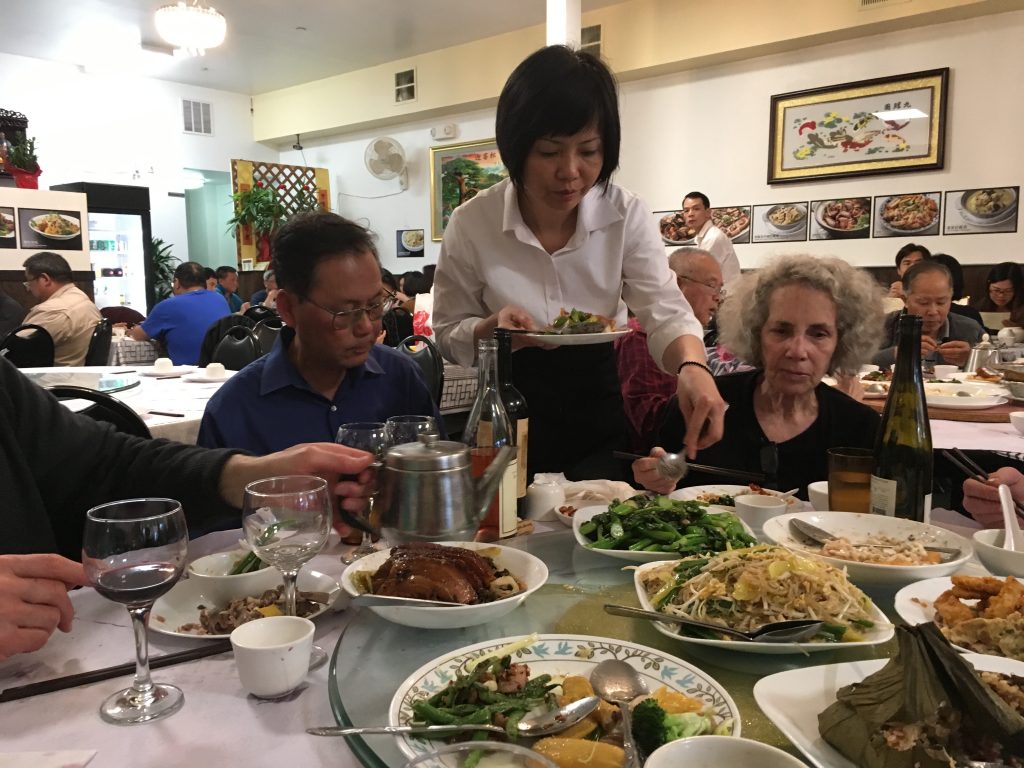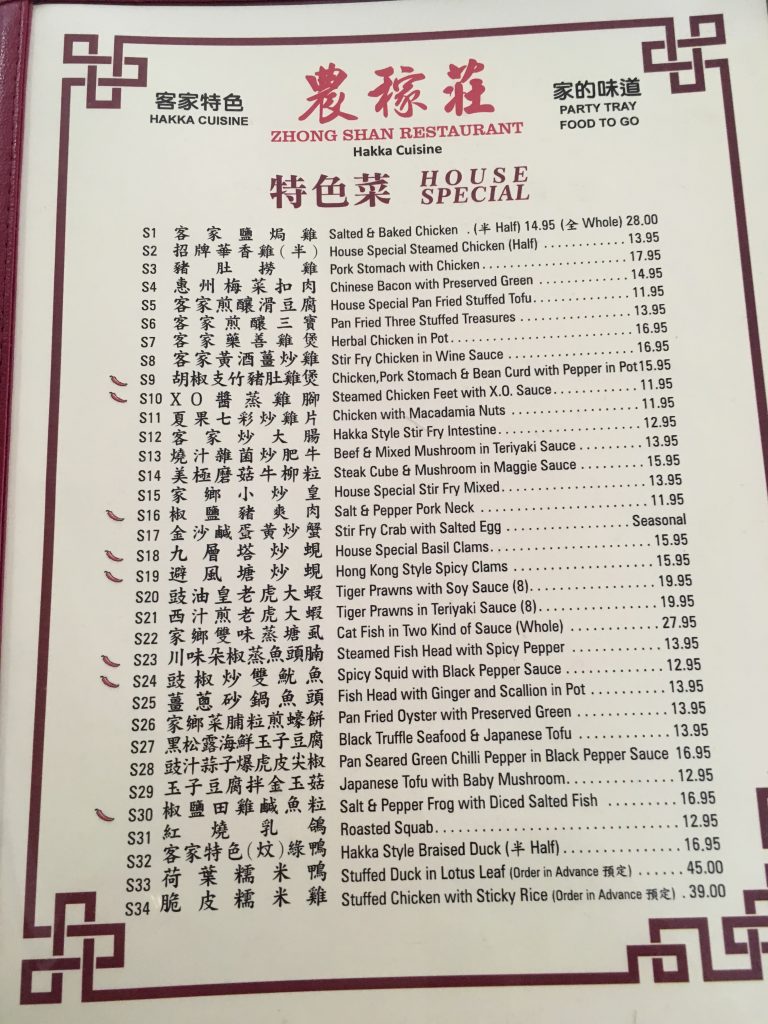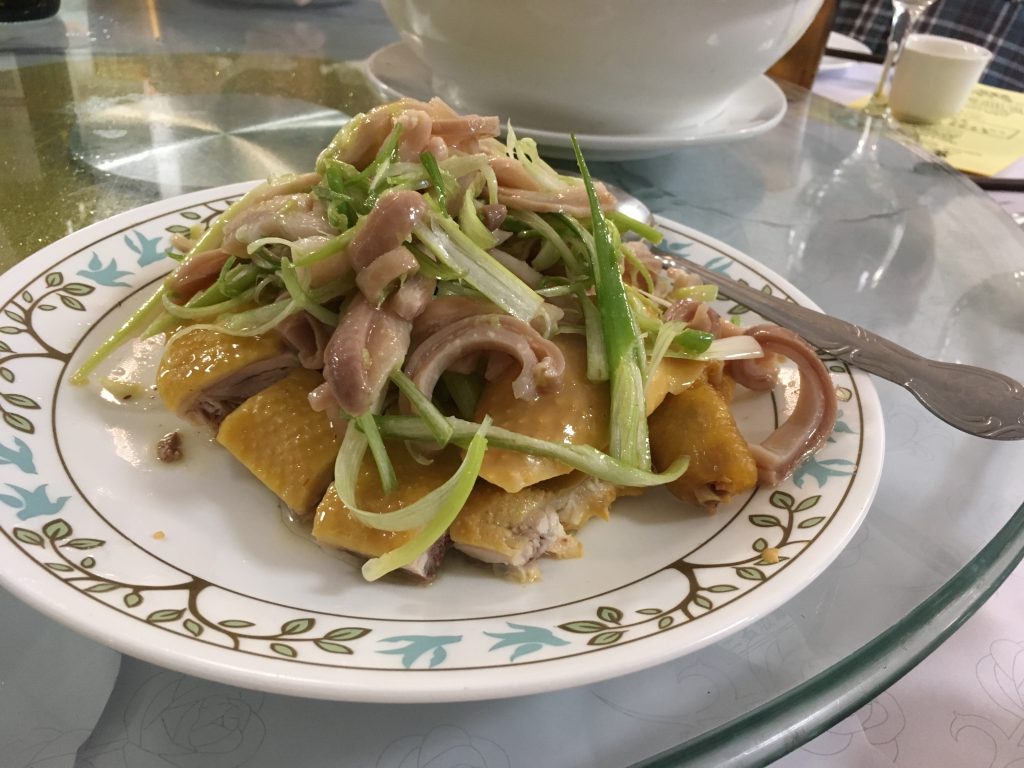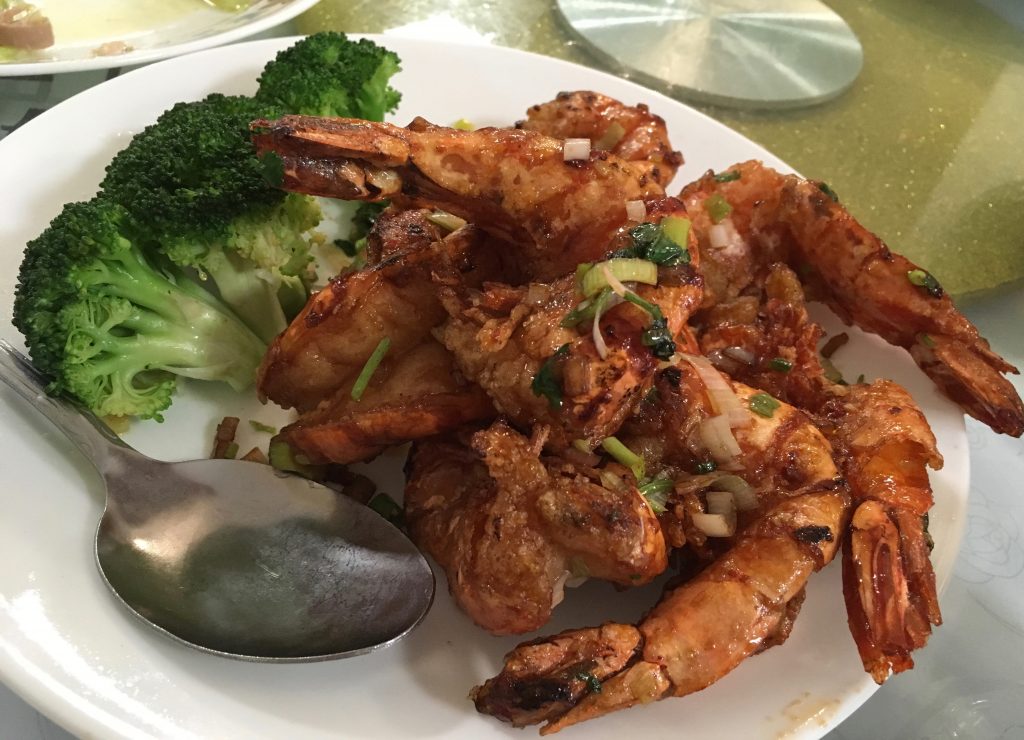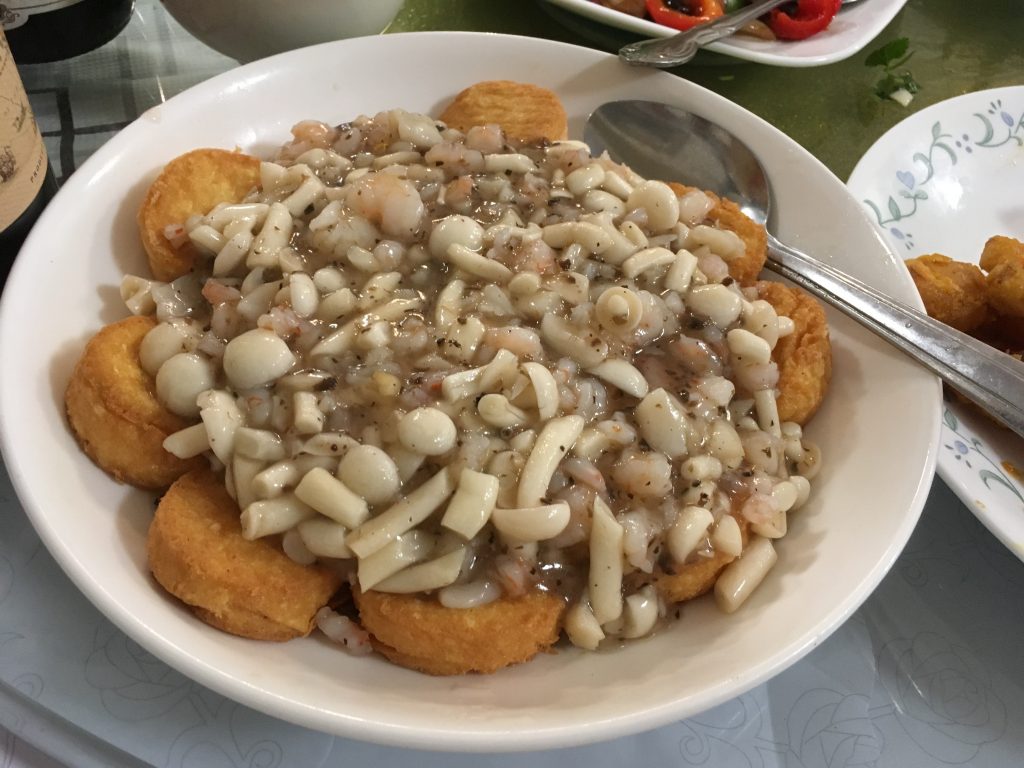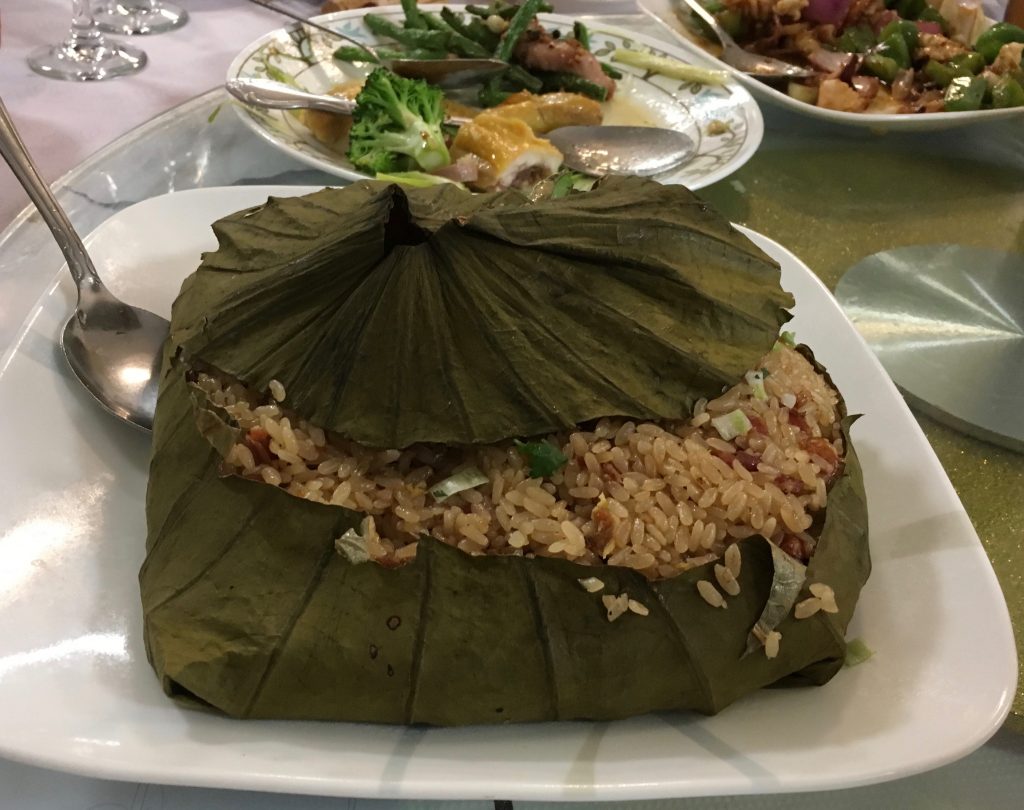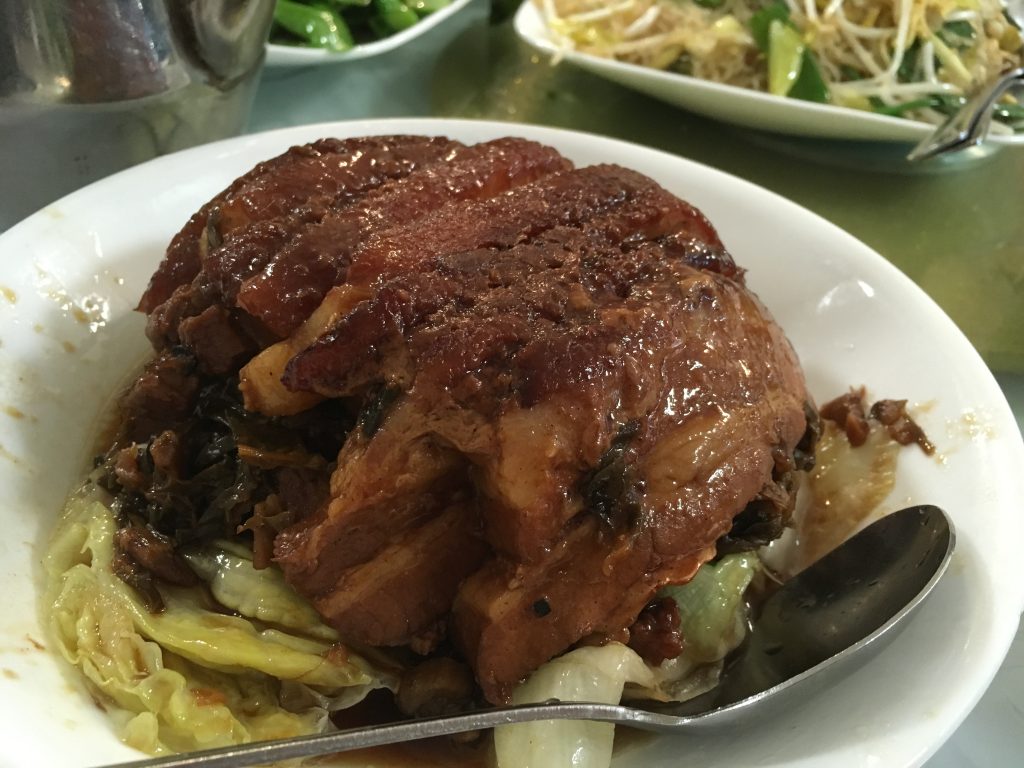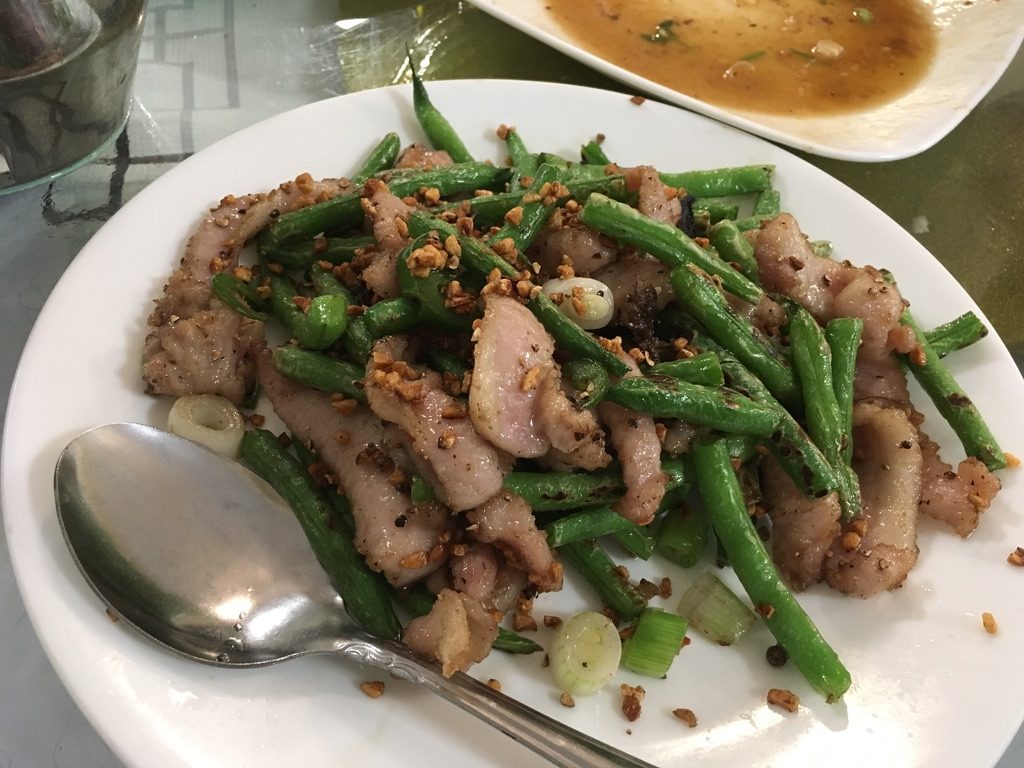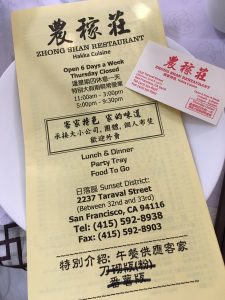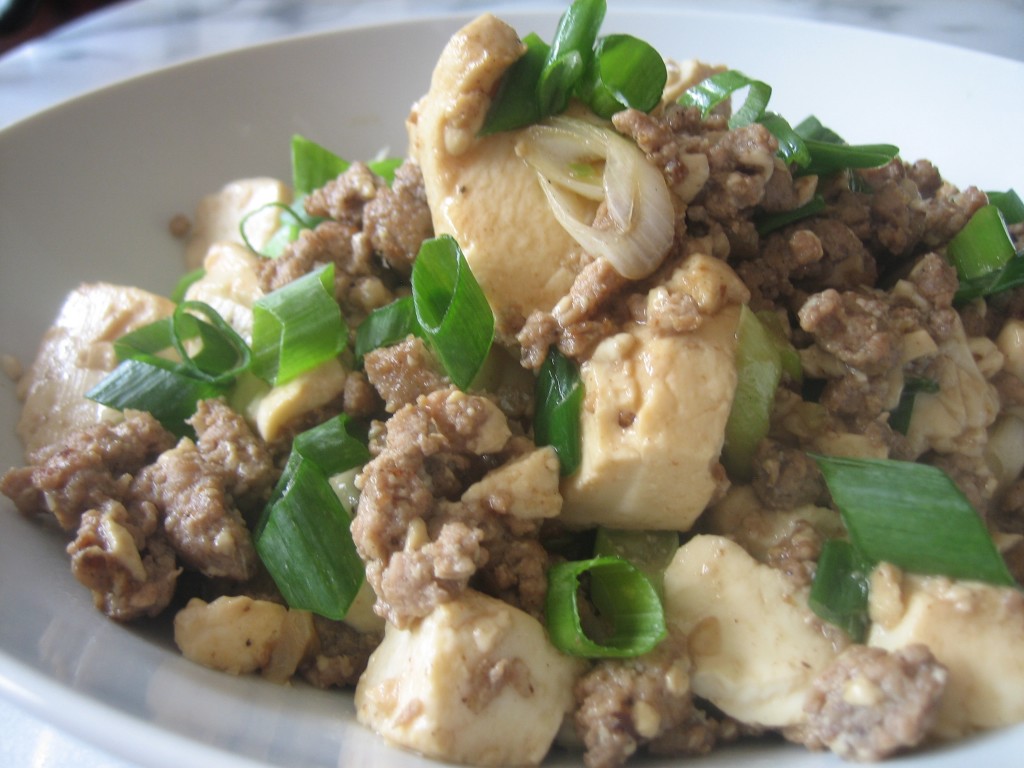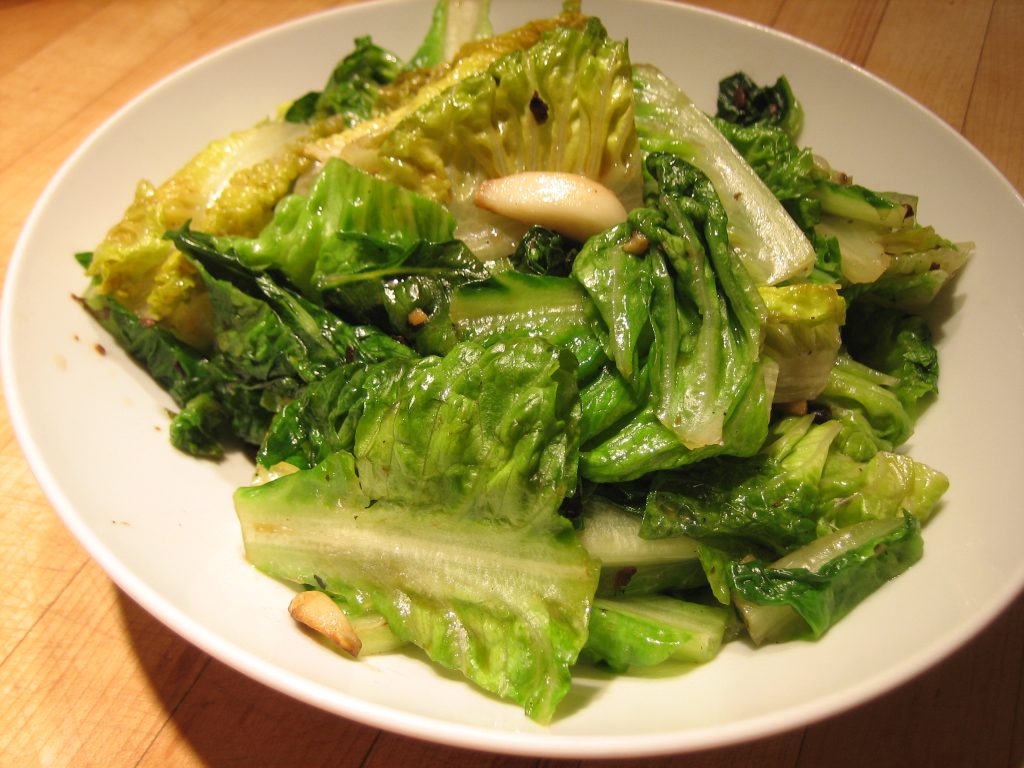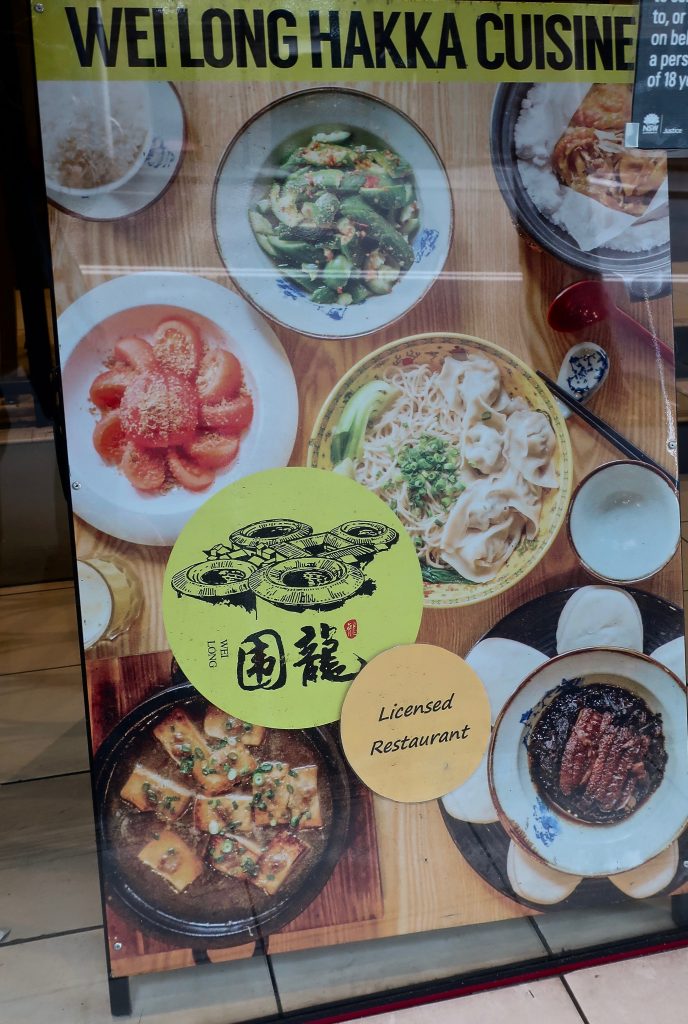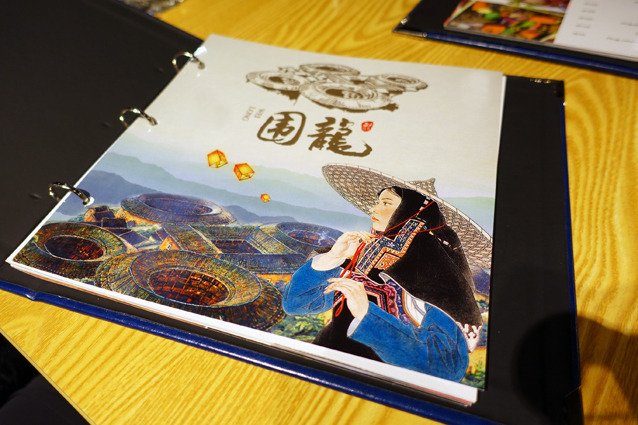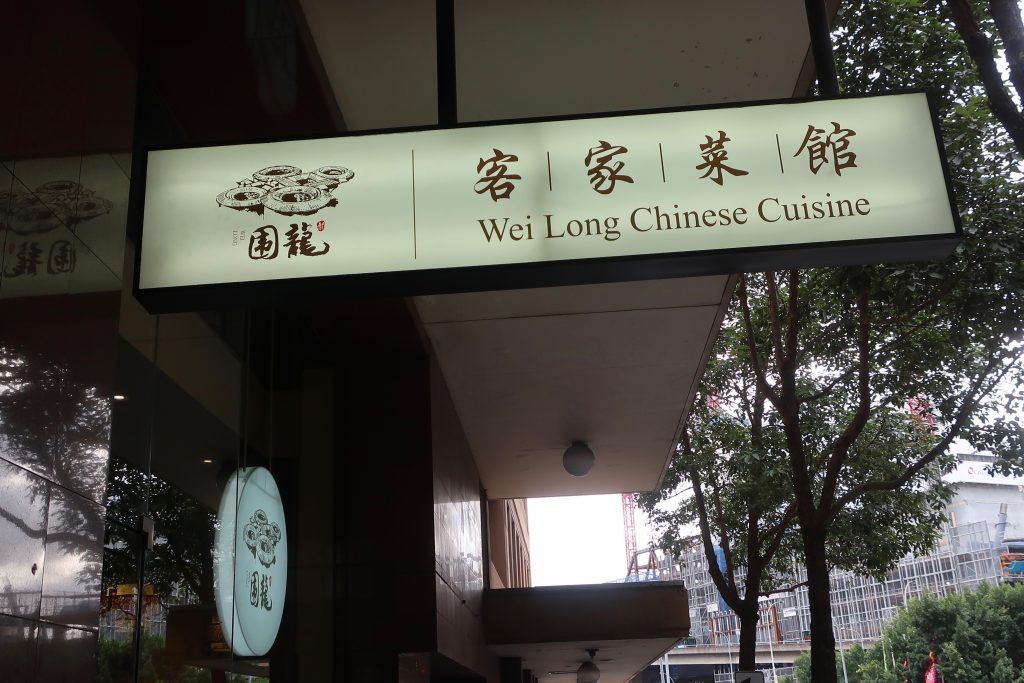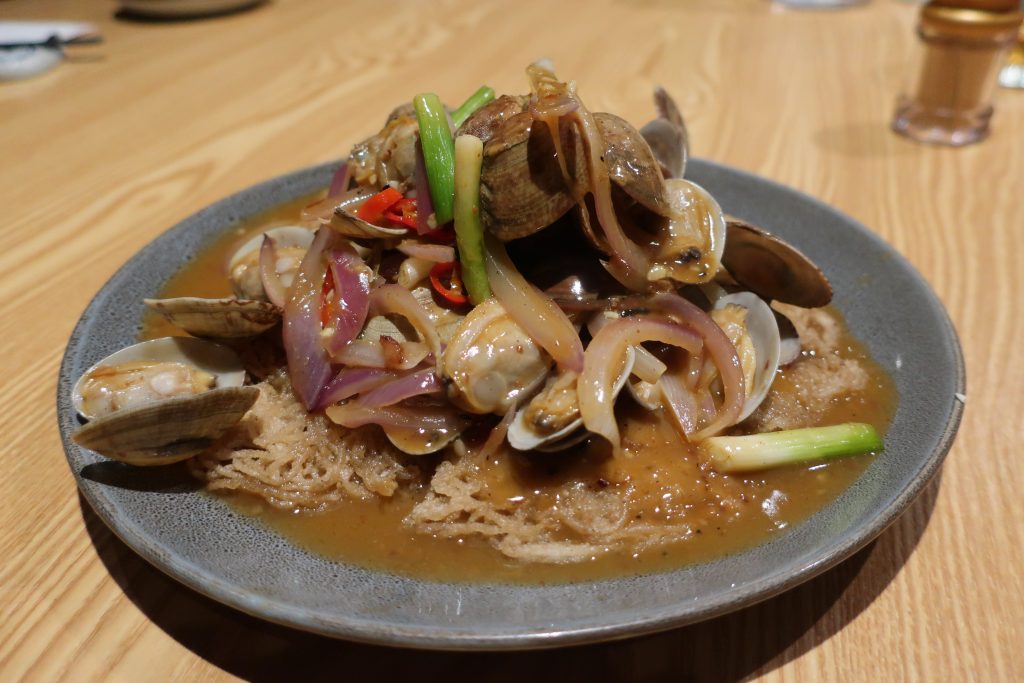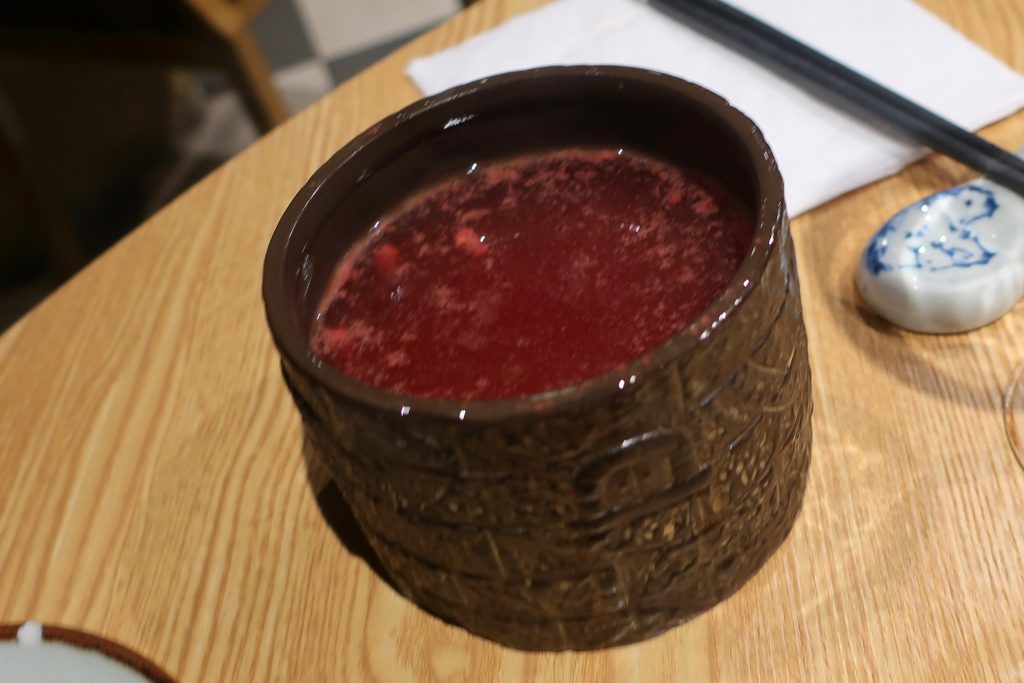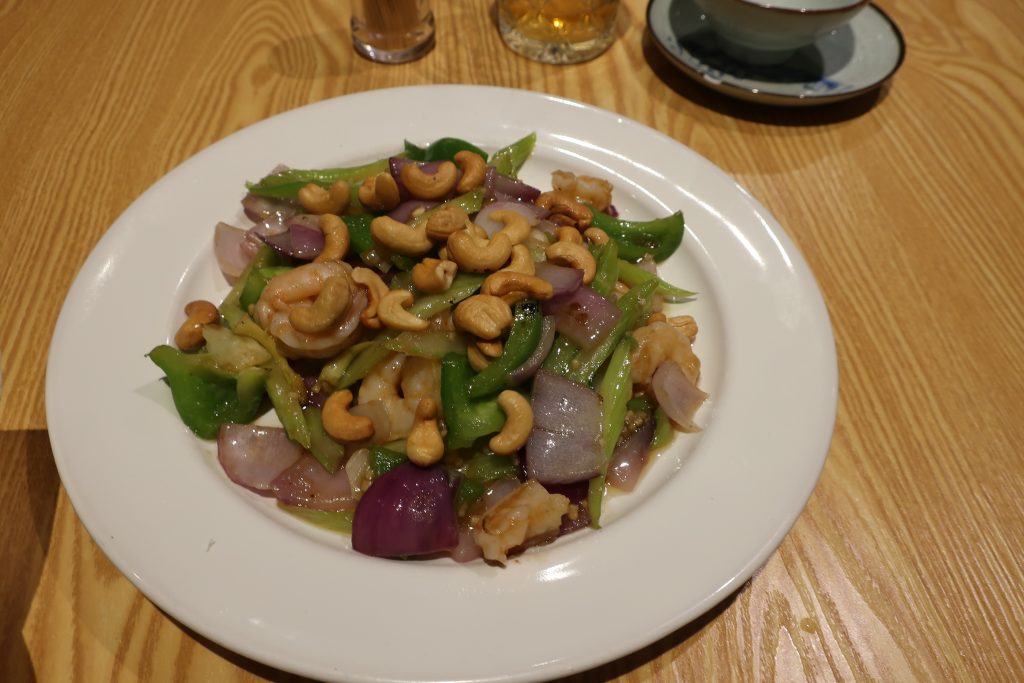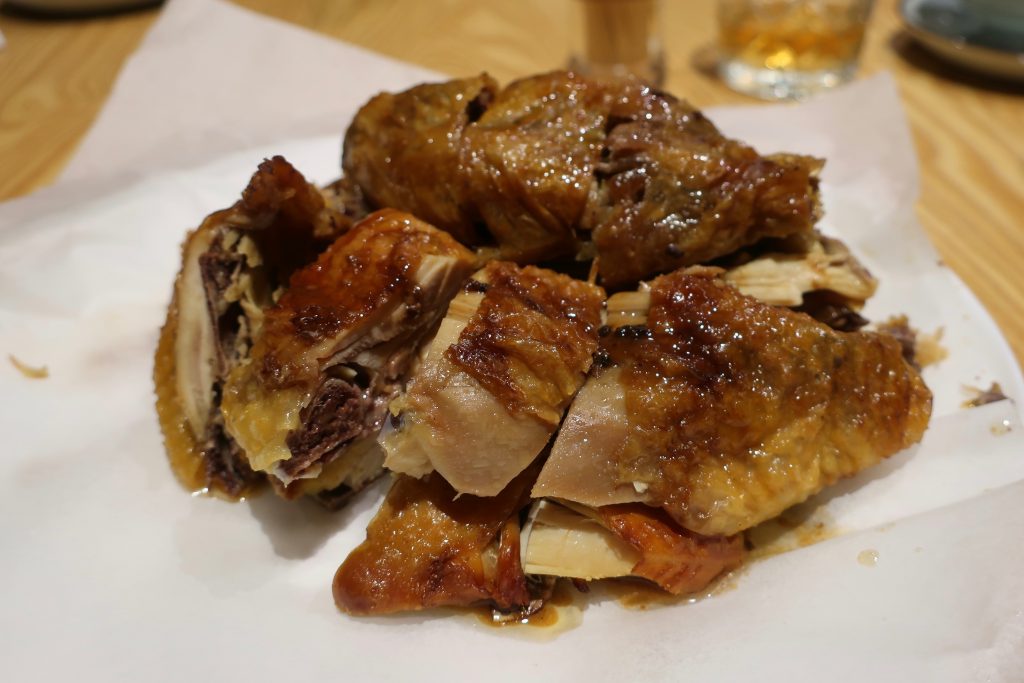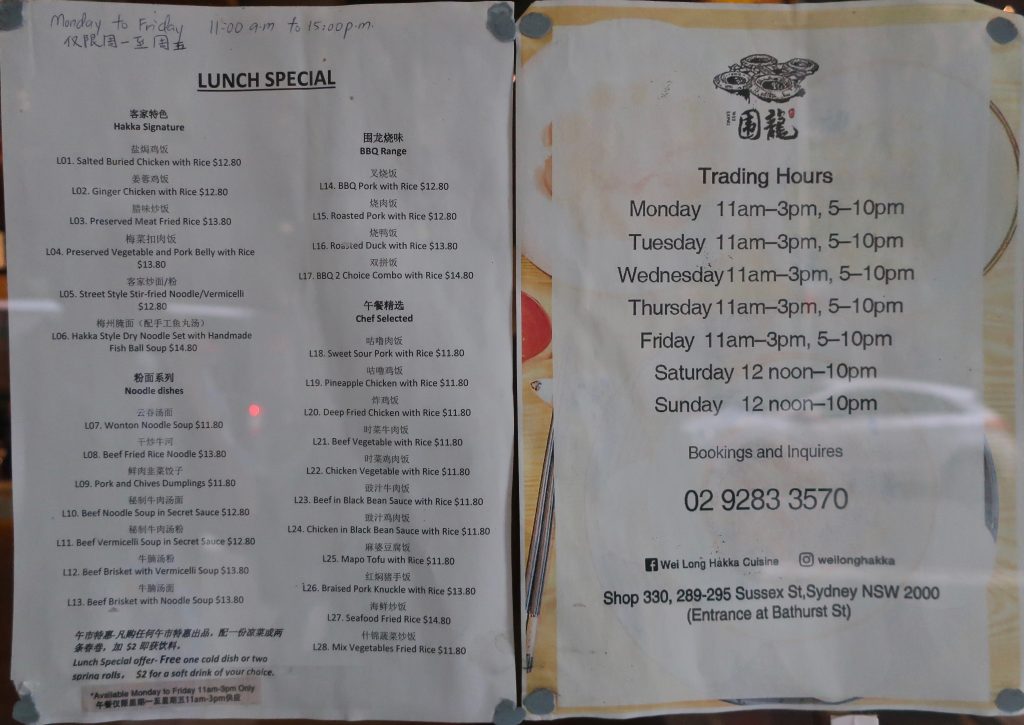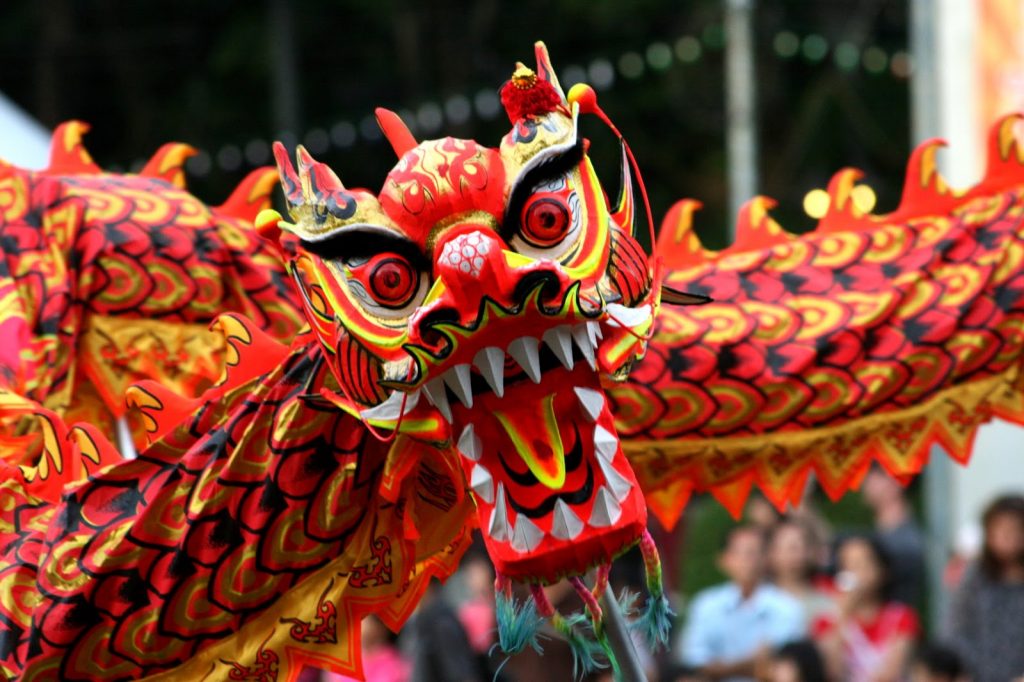
Plan your menu for the symbol-laden Chinese New Year feast now. The lunar new year is fast approaching.
In 2020, January 25 marks the beginning of the Chinese year 4717. The celebration marks a time of renewal, marked by food, traditions, and festivities. On the Chinese horoscope, each year is dominated by an animal sign: Rat, ox, tiger, rabbit, dragon, snake, horse, goat, monkey rooster, dog, and pig. Each animal has special characteristics. This is the year of the rat.
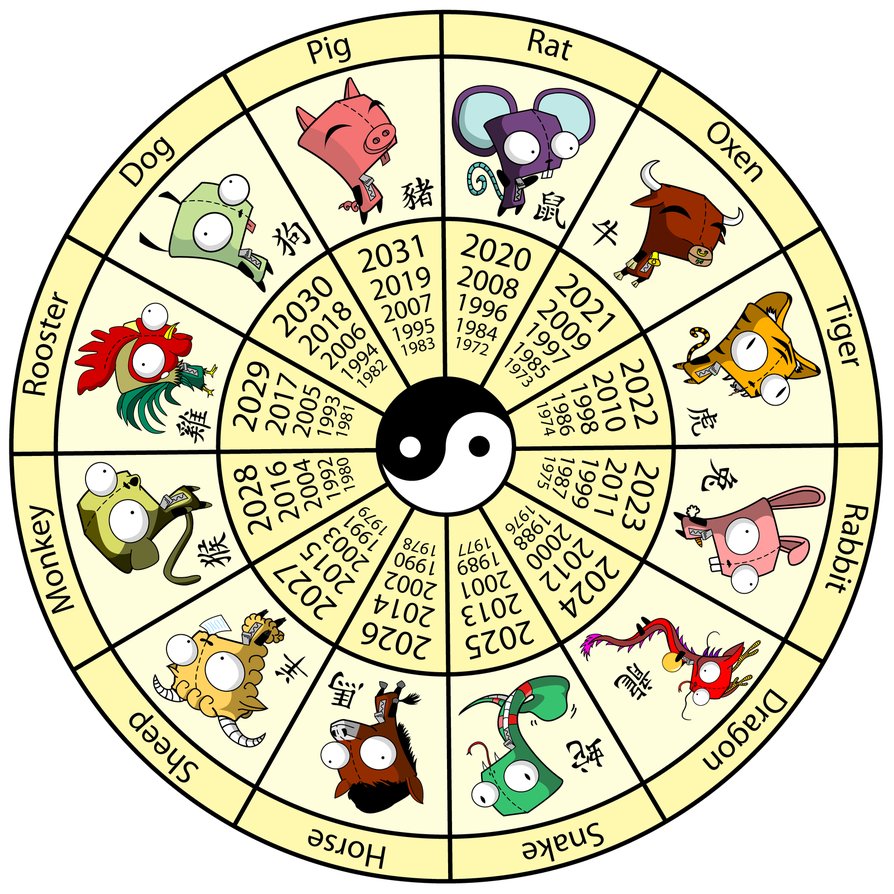
A family reunion feast highlights the New Year celebration. The table is traditionally filled with foods that send auspicious messages to attract wealth, luck, success, unity, longevity.
As I plan the menu for our family’s new year feast, I’m looking through The Hakka Cookbook for ideas. I like our meals to be a cooperative effort, sort of an organized potluck plus cooking lesson. It’s easier to share cooking duties and hopefully everyone can learn something new.
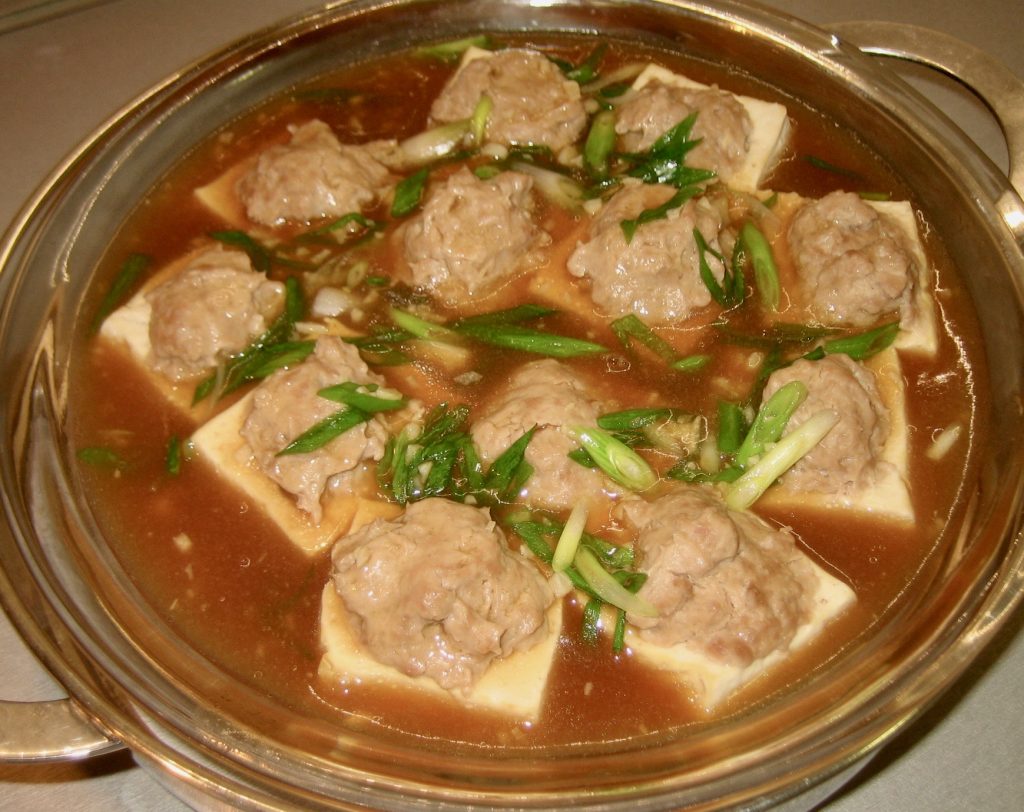
For my grandchildren, I try to include one cooking activity. In the past, we have made wontons, dumplings, and pot stickers. This year we may make Stuffed Tofu (pages 31, 33). The Hakka invented stuffed tofu when they could not find wheat flour in their new home in the south to make the dumplings they ate in their former home in northern China. Instead of putting the meat filling in a wheat flour wrapper, they stuffed the filling into chunks of tofu.
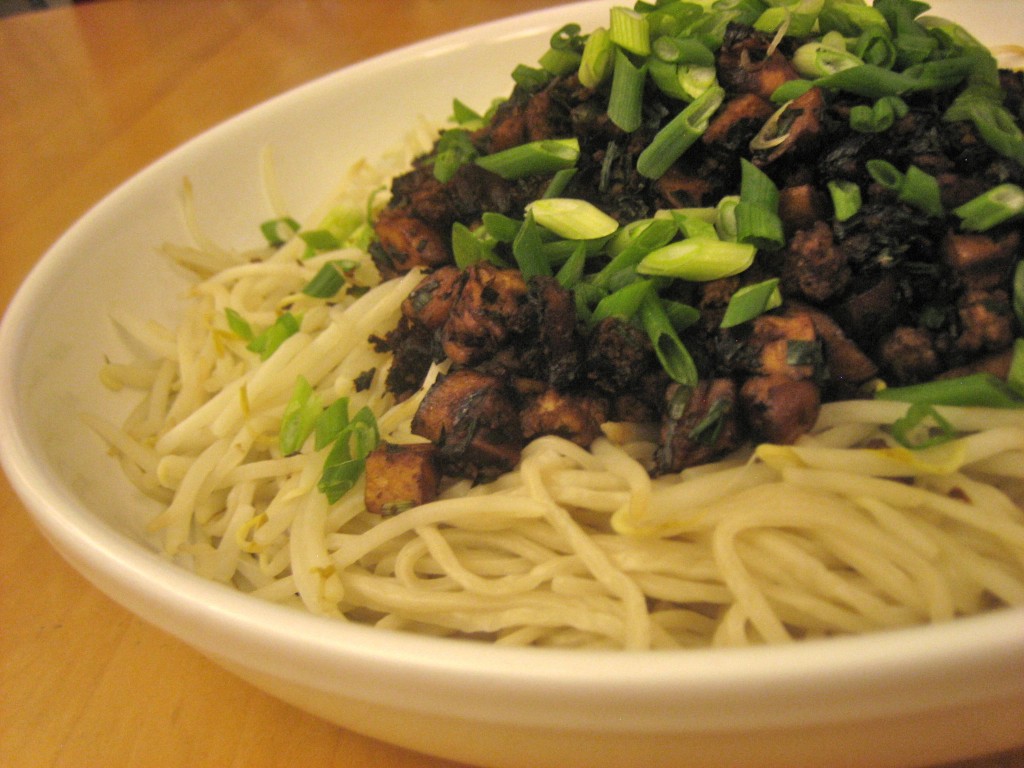
Noodles represent long life. I like the dark, umami-rich flavor of Noodles with Mushroom Pork Sauce (page 104). Or perhaps we’ll cook Garlic Noodles and Shrimp (page 193), sort of a Hakka-style Chow Mein.
Fish is a must-have on Chinese New Year table. The fish brings surplus and abundance to the new year. I like Steamed Fish with Green Onions (page 39). Steaming keeps the delicate flesh moist and is so easy.
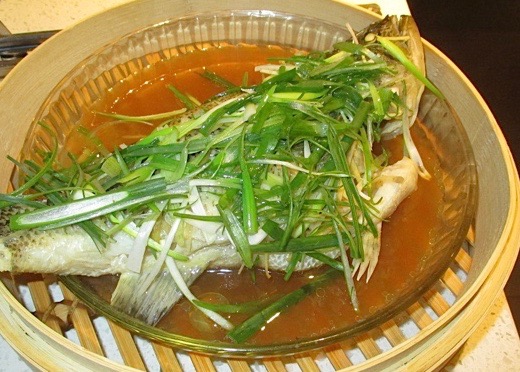
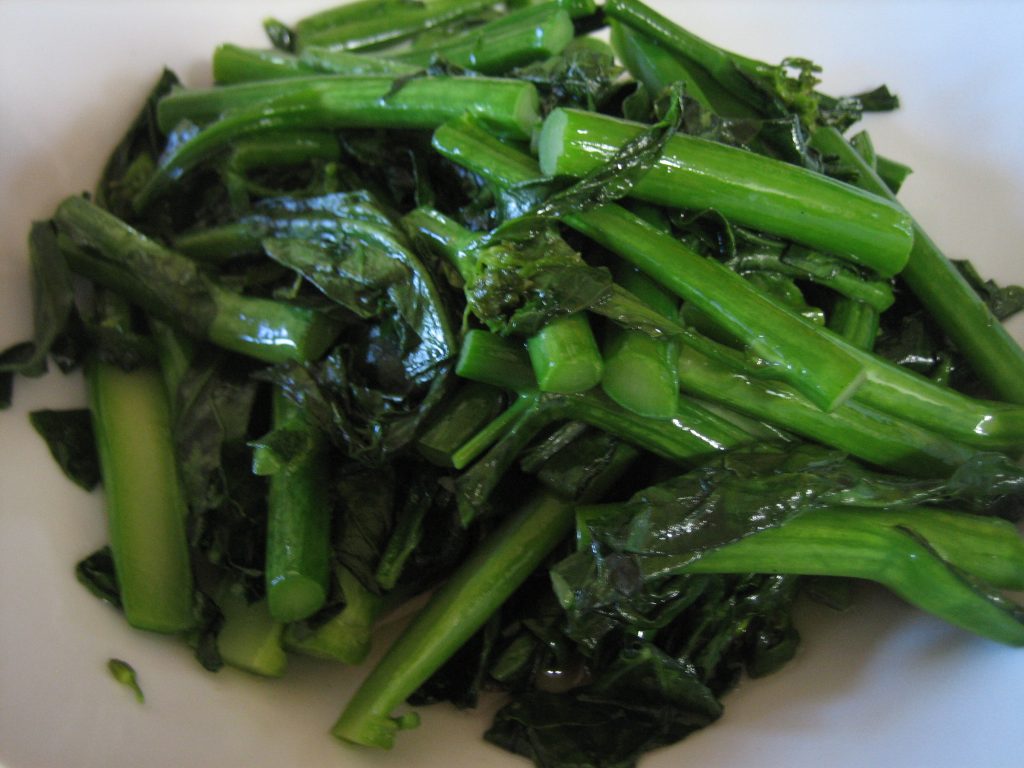
A green vegetable represents growth in business. I love the simplicity of the stir-fried Chinese Broccoli in Sweet Rice Wine (page 230).
Possibly we may cook the famous Hakka Salt-baked Chicken (page 64) or some of the easier variations or maybe we’ll buy a Chinese roast duck. What’s on your menu?
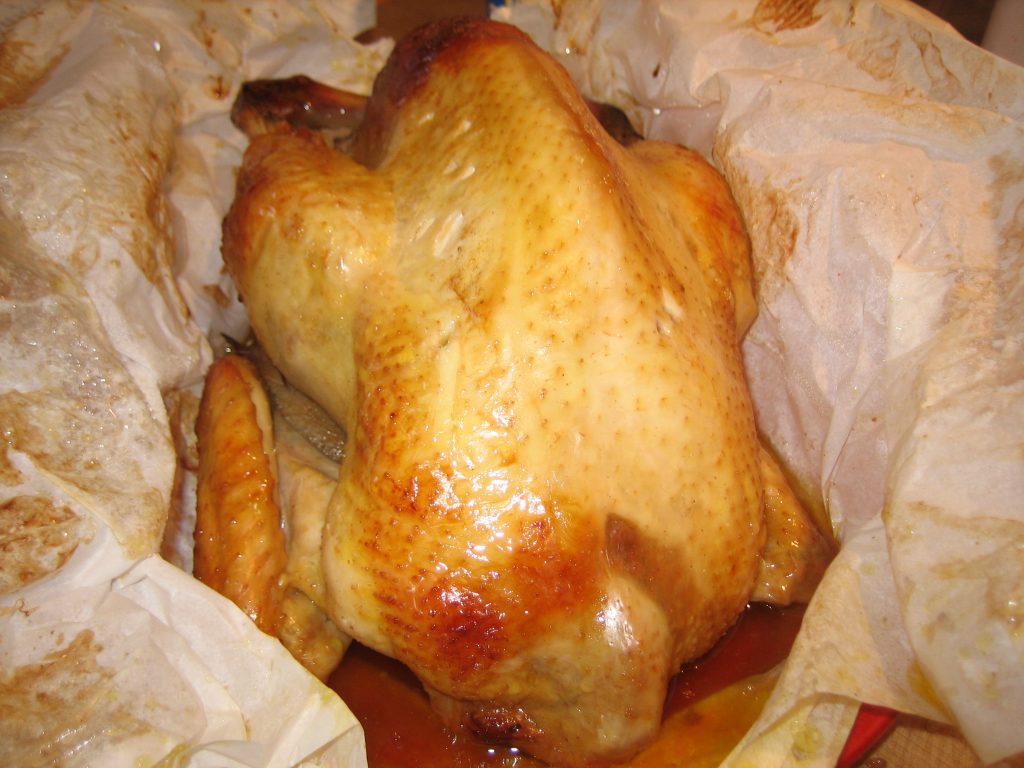
For me, Chinese New Year is about food and family. Wishing you a Happy and Prosperous New Year! ????! Khiung Hee Fat Choy! Gong Hay Fat Choy!
